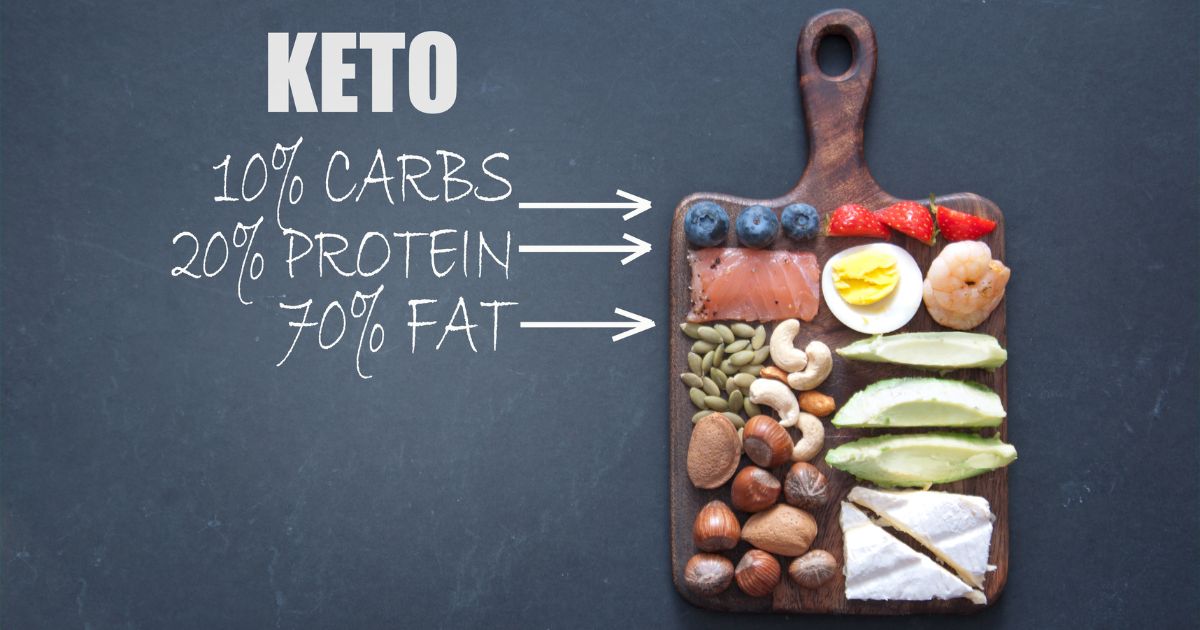The keto diet stands as a paradigm shift from conventional low-fat diets, championing a high-fat, moderate-protein, and low-carbohydrate intake. Originating as a therapeutic diet in the 1920s to treat epilepsy, its principle hinges on inducing ketosis – a metabolic state where the body burns fat for fuel instead of carbohydrates. This shift not only aids in weight loss but also improves overall health and energy levels.
Benefits of the Keto Diet
- Weight Loss and Fat Burning: By reducing carbohydrate intake, the body enters ketosis, turning into a fat-burning machine. This process significantly aids in weight loss and body fat reduction.
- Improved Blood Sugar Control: Ketogenic diets can lower blood sugar levels naturally, benefiting those with diabetes or prediabetes.
- Enhanced Mental Focus and Energy Levels: Ketones provide a steady energy source for the brain, enhancing mental focus without the spikes and crashes associated with high-carb diets.
- Potential Benefits for Epilepsy, Cholesterol, and Blood Pressure: Originally designed for epilepsy treatment, the keto diet also shows promise in improving cholesterol profiles and blood pressure.
Understanding Net Carbs and Keto-Friendly Foods
Calculating net carbs is crucial on a keto diet. Net carbs are the total carbohydrates minus dietary fiber, which the body doesn’t digest. Keto-friendly vegetables, primarily dark green and leafy, should be staples in your diet. Here are some examples:
- Spinach (Raw) – 0.1 net carbs per 1/2 cup
- Broccoli (Florets) – 2 net carbs per 1/2 cup
- Cauliflower (Steamed) – 0.9 net carbs per 1/2 cup
Incorporating high-quality fats and proteins is equally important, focusing on sources like olive oil, butter, cheese, and fatty meats.
Common Side Effects and How to Mitigate Them
Transitioning to a keto diet may introduce initial side effects, commonly known as the “keto flu.” Symptoms include fatigue, headaches, and irritability, largely due to electrolyte imbalance. Here’s how to mitigate these effects:
- Stay hydrated and increase salt intake to maintain electrolyte balance.
- Consume foods rich in potassium and magnesium, such as avocados and nuts.
- Gradually reduce carbohydrate intake to ease the transition into ketosis.
FAQs Based on “People Also Ask”
- Is Keto Safe for Everyone? Generally, yes, but individuals with specific health conditions should consult a doctor.
- How Much Weight Can You Expect to Lose? Initial rapid weight loss is common, slowing down over time.
- How to Know If You’re in Ketosis: Look for signs like increased thirst, “keto breath,” and reduced hunger.
- Difference Between Keto and Low-Carb Diets: Keto aims for ketosis with very low carb intake, while low-carb doesn’t necessarily.
How to Start a Keto Diet
- Prepare Your Kitchen and keto recipes: Purge high-carb foods and stock up on keto essentials.
- Plan Your Meals: Draft a weekly meal plan focusing on keto recipes.
- Stay Informed: Educate yourself on the nuances of the keto diet to ensure success.
- Seek Support: Join online communities or local groups for motivation and advice.
By adhering to these guidelines, transitioning to and maintaining a keto diet can become a streamlined, more enjoyable process.
